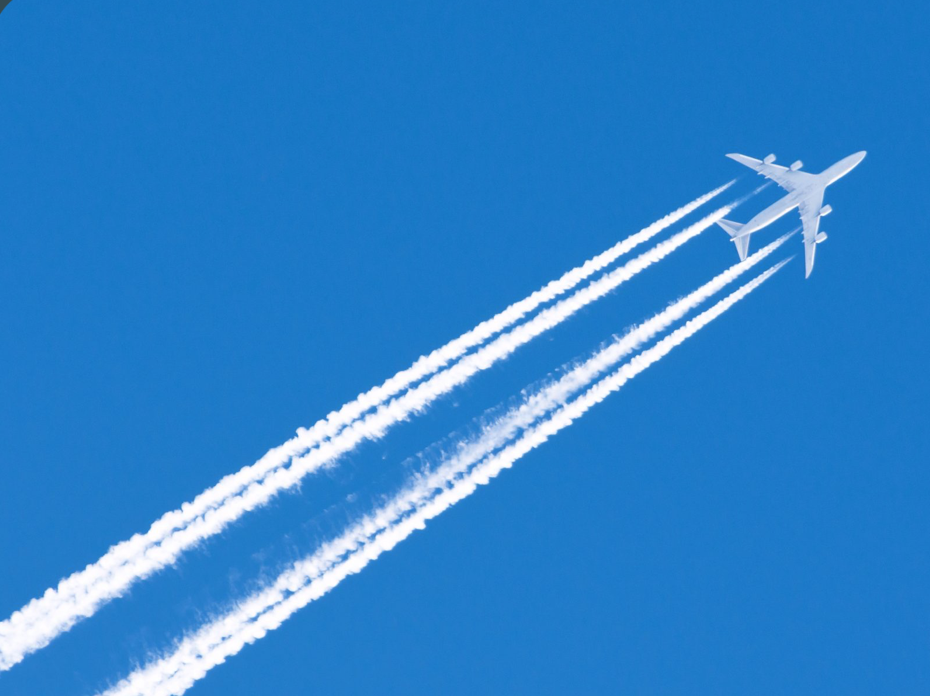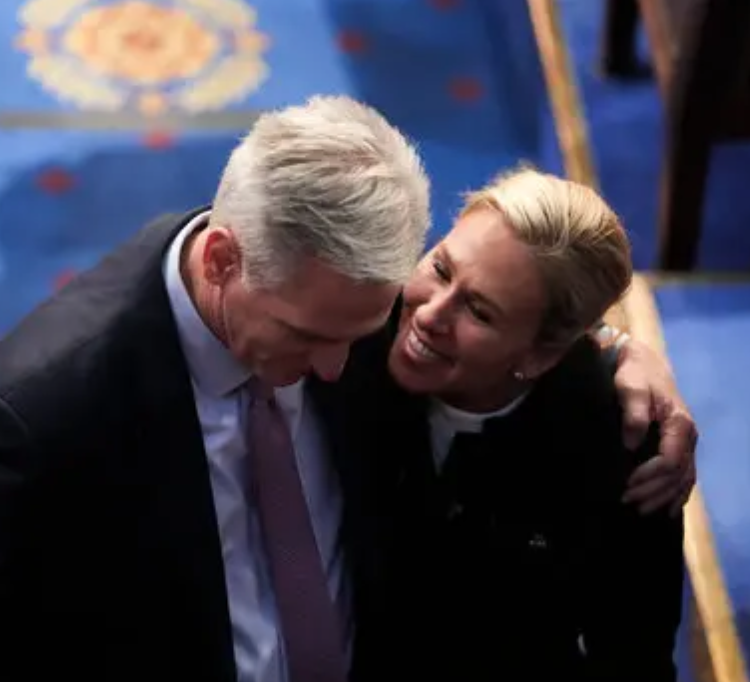
Flying is bad for the environment and adds to climate change. A lot of people don’t know this or don’t think about it. I’m amplifying this information because summer is the “travel season” for many in the US. A lot of people feel like they need to fly somewhere without realizing the devastating effects air travel has on the environment. This is from Climateworks.org
You can find this information on any climate change focused website. The bottom line is, the airline industry is not good for the environment. And I’m still waiting for Pete Buttigieg to address this fact.
When an aircraft burns jet fuel, it releases not only carbon dioxide (CO2) but also creates other byproducts including nitrogen oxides (NOx), water vapor, soot, and aerosols which, at altitude, react with the atmosphere and contribute substantially to global warming.
In November 2020, the European Commission published a thorough and scientifically authoritative report by the European Aviation Safety Authority (EASA) fully dedicated to these non-CO2 effects of aviation. It confirms that non-CO2 effects make up two-thirds of aviation’s climate impact.
One of aviation’s main non-CO2 effects is linked to contrails, with contrail cirrus alone accounting for up to 57{4c54daa6e7d390e0c804f6c94b51bf37f68eac95daa3fa7b95874e6915e44c3a} of the total impact. These are long cloudy strips that form when moisture in ice-saturated air freezes around soot particles released by burning jet fuel. Contrails can form cirrus clouds that trap heat radiating from the earth’s surface, especially at night. The chemical composition of jet fuel, in particular the level of aromatics (molecules that form soot during combustion), has a significant effect on the level of contrail formation and therefore the level of non-CO2 climate effects from flying.
ClimateWorks is partnering with Transport & Environment, our long-standing grantee, to explore the impact of non-CO2 emissions in aviation and offer recommendations to mitigate their effects on the climate.
Ways to tackle non-CO2 effects now
Over the last decade, there has been no formal attempt by policymakers to mitigate the effects of non-CO2 chemicals in the atmosphere. Most recently, the European Commission missed a golden opportunity to include aviation non-CO2 mitigation measures in its “Fit for 55” package proposal, the EU’s plan for reducing greenhouse gas emissions by 55{4c54daa6e7d390e0c804f6c94b51bf37f68eac95daa3fa7b95874e6915e44c3a} by 2030. This is especially disappointing because two clear solutions have been highlighted by the EASA report, both aimed at reducing persistent contrail formation: cleaner-burning fuels with fewer aromatics and trajectory optimization (i.e., the use of alternative flight paths to avoid areas of airspace prone to persistent contrail formation).
Non-CO2 effects make up two-thirds of aviation’s climate impact.
Sustainable Aviation Fuels (SAFs) have an aromatic content (often 0{4c54daa6e7d390e0c804f6c94b51bf37f68eac95daa3fa7b95874e6915e44c3a}) lower than the average aromatic content of fossil fuels. As SAF production slowly increases, parallel action needs to ramp up to reduce the aromatic content of the fossil jet fuel which can be achieved through adding extra hydrogen to the fuel. To address this urgent issue, policymakers must create an impact assessment outlining several policy options and technological solutions, and then write a legislative text on optimizing the aromatic content of jet fuel. For instance, the European Commission can pursue this process through its ReFuelEU Aviation policy, which aims at providing better fuel for aviation. To learn more about Transport & Environment’s recommendations for these policy changes in Europe, see their latest briefing.”
The US Department of Transporation has stated the following:
“The Department of Transportation is committed to doing its part to meet the President’s climate commitments to ensure a 50-52{4c54daa6e7d390e0c804f6c94b51bf37f68eac95daa3fa7b95874e6915e44c3a} reduction in US emissions by 2030, and a net-zero economy by 2050. The Department’s Strategic Plan identifies climate and sustainability as a top priority in the coming years.”
But I have seen no evidence they have done anything other than say this, versus doing something about it.
#AirTravel #Pollution #Environment #ClimateChange #AirPollution

